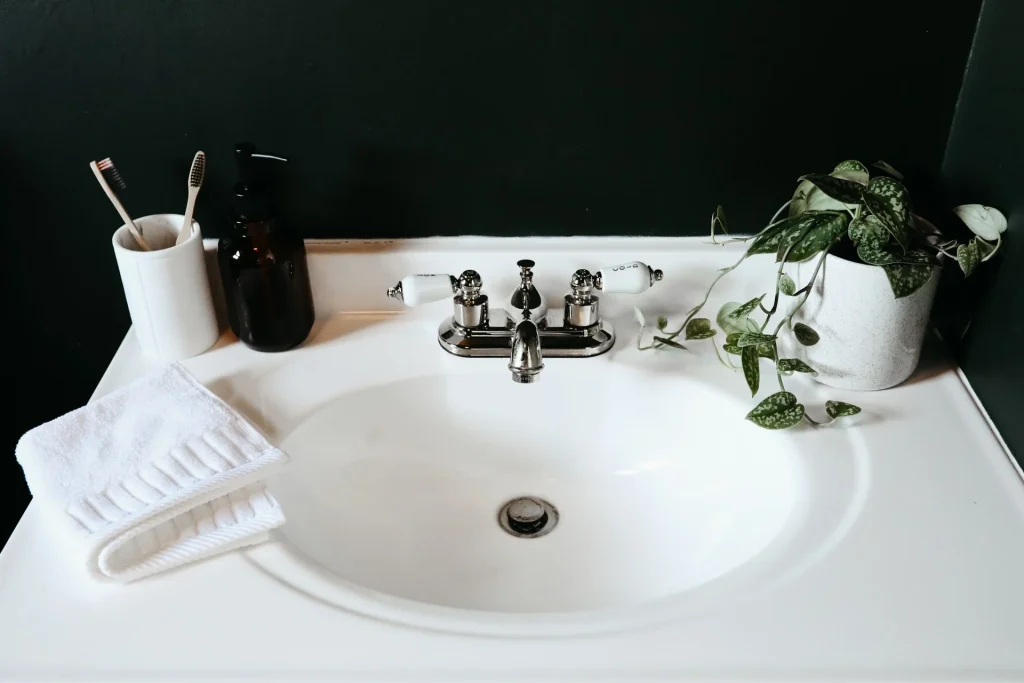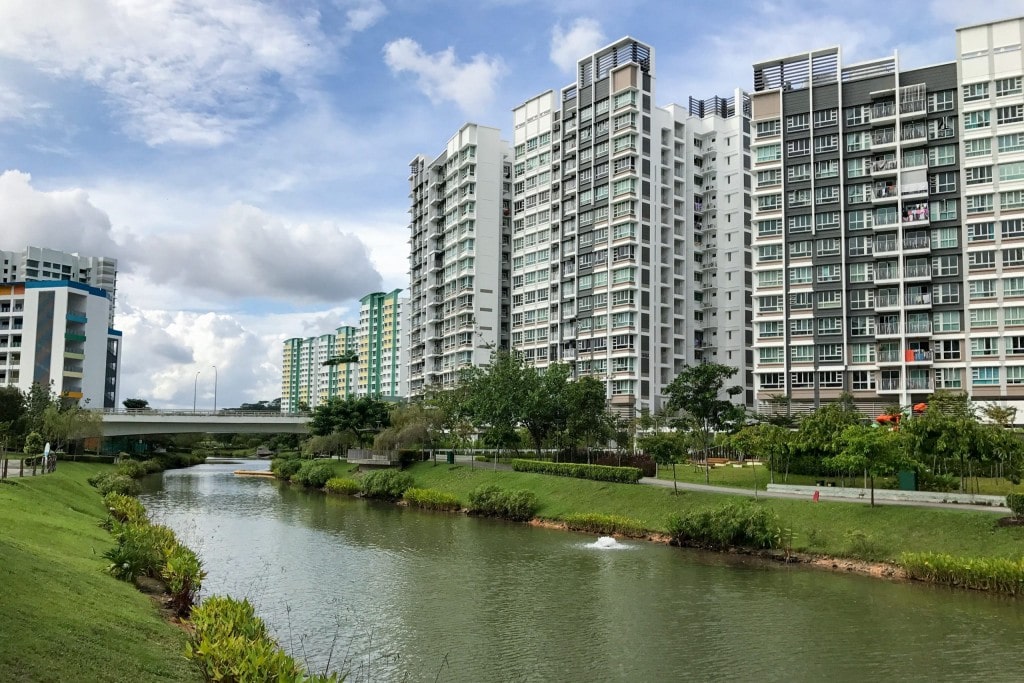
Regular sink maintenance—in both the kitchen and bathroom— is important, as the accumulation of hair, food, and grease may result in clogs. If you’re in the midst of deep cleaning your home, give your sink some extra attention with our sink maintenance tips below!
Sink Maintenance
Kitchen Sink

As fundamental as it sounds, using a strainer is essential to prevent food accumulation. Strainers are readily available in your neighbourhood hardware store and are so easy to clean— simply empty the food scraps into the bin after you’re done washing the dishes, for optimal sink maintenance.
Also, do not dispose of your leftover grease in the kitchen sink after cooking, as doing so will result in easily clogged sinks. Instead, leave the oil out to cool before bagging and disposing it. As a precautionary measure, run some hot water down the kitchen sink from time to time, to flush away any oil deposits that may have accumulated in the pipes.
Bathroom Sink
To prevent hair from clogging the bathroom sink, use silicon strainers (known as ‘hair catchers’) over the sinkhole.
Sink-Unclogging Tips

Baking soda and vinegar can do wonders for a clogged sink
If you find that your bathroom and/ or kitchen sink has clogged up, simply mix 1/3 cup of baking soda and 1/3 cup of vinegar then pour the solution immediately down the sink. The vinegar can be substituted with salt. Let the mixture sit for about an hour.
When an hour is up, bring a kettle of water to a boil before pouring it immediately down the sink. You may have to repeat this process before the sink is fully unclogged.
However, if the sinks remain clogged, do consider seeking professional help from a service provider or plumber. Remember, regular sink maintenance is important to keep those clogs at bay!
For more tips on home care, check out the guide to home maintenance for your flat.




